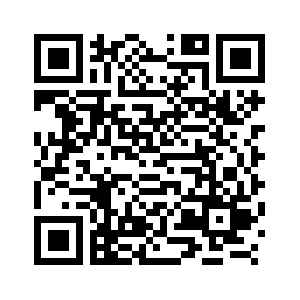Across China: Revitalized China-Nepal border trade brings prosperity
Source: Xinhua
Editor: huaxia
2025-06-23 23:24:00
LHASA, June 23 (Xinhua) -- At 10:30 a.m. on Monday, Dundrup Tsering, a businessman from Nepal, waited at Lektse Port in the city of Xigaze, southwest China's Xizang Autonomous Region, carrying two large bags.
"I've been doing business here since the opening of the port in November 2023, and my family's living conditions have improved significantly," said Dundrup Tsering.
In the past, traders set up stalls at traditional border trade points under simple tents with no fixed locations. Their goods were often damaged by rain or snow, and access to basic facilities like toilets was a constant challenge. The opening of the port and the completion of a modern trade market have significantly improved conditions.
"We have moved into a proper market with better conditions. It is more convenient and rent-free," said Dundrup Tsering. "My family had almost no income before the port opened. Now we no longer worry about food or clothing."
Beyond boosting employment, the new and reopened ports along the China-Nepal border have accelerated regional cross-border trade.
"Our products are specifically designed for Nepal's needs," said Jiang Zhengguang, chairman of a machinery company located approximately an hour's drive from the port of Gyirong.
In the company's four bright and tidy workshops, workers were busy producing vehicles for export.
"We've developed innovative new energy vehicles (NEVs) for Nepal's rugged mountain roads, steep slopes, and high load requirements," Jiang added. "Nepalese customers said that our vehicles offered top-tier quality and performance. We expect annual exports to exceed 2,000 units."
With the reopening of the ports of Zham, Gyirong and Burang in 2023, NEVs can now reach Nepal from manufacturing hubs within ten days.
From January to May this year, Xizang's import-export volume with Nepal reached 1.79 billion yuan (about 249 million U.S. dollars), up 14 percent year on year, according to Lhasa Customs.
To facilitate trade, Lhasa Customs has established a green channel, supporting 24-hour advance declarations, and providing one-on-one assistance. Exports of NEVs, local wool, and fresh fruits are increasing, while imports of Nepalese medicinal herbs and silage fodder continue to diversify as more categories gain market access.
Since 2021, Xizang's trade with South Asian Association for Regional Cooperation (SAARC) members has totaled 14.92 billion yuan, with Nepal accounting for 87 percent. The land ports between China and Nepal have played a vital role.
Road transport accounted for 11.52 billion yuan, nearly 80 percent of the region's total trade with SAARC, said Tenzin, director of the comprehensive business division at Lhasa Customs. ■



